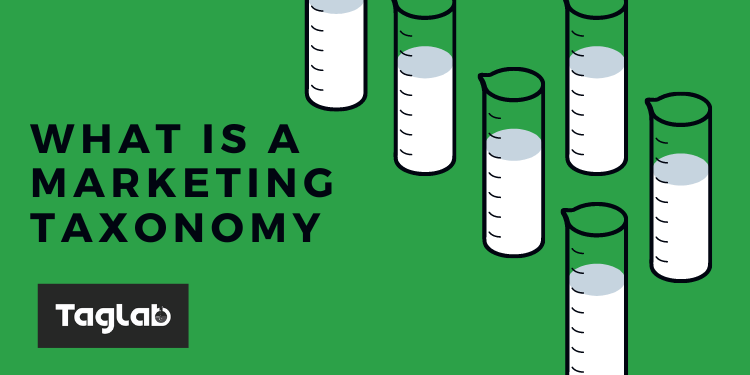Your cart is currently empty!
What is a marketing taxonomy and how does it structure and organize marketing data for analysis?
Posted by:
|
On:
|

Marketing taxonomy by defining and grouping naming conventions, is a framework used to organize and structure marketing data to support analysis and decision-making. In this article, we’ll explore what it is, why it’s important, and how it can be used to help businesses make better decisions about their marketing strategies.
What is Marketing Taxonomy?
It is a classification system that organizes marketing data into categories based on specific attributes, such as marketing channels, audience segments, campaign objectives, and performance metrics. It provides a standardized structure for organizing and analyzing marketing data, making it easier for businesses to identify trends, track performance, and make data-driven decisions.
Why is Marketing Taxonomy Important?
Taxonomy classification of naming conventions is essential for businesses looking to make sense of the vast amounts of data generated by their marketing activities. Without a standardized structure for organizing and analyzing this data, businesses risk losing valuable insights and making decisions based on incomplete or inaccurate information.
By implementing a marketing taxonomy, businesses can ensure that marketing data is organized and structured in a consistent and standardized manner, making it easier to analyze and interpret. This can help businesses identify trends and patterns in their marketing data, understand the impact of specific marketing activities, and make more informed decisions about their marketing strategies.

How Does Marketing Taxonomy Work?
Marketing taxonomy typically involves creating a hierarchical structure that groups marketing data into different levels based on specific attributes. For example, at the highest level, data might be organized by marketing channel (e.g., email, social media, search). At the next level, data might be organized by audience segment (e.g., age, gender, location), and at the lowest level, data might be organized by specific campaign objectives or performance metrics (e.g., click-through rate, conversion rate, cost per acquisition).
By structuring marketing data in this way, businesses can easily drill down into specific levels of detail to gain insights into specific areas of their marketing activities. For example, they might be able to see which audience segments are most responsive to specific marketing channels or which campaigns are most effective at driving specific types of conversions.
Marketing taxonomy is a powerful framework that can help businesses organize and structure their marketing data to support analysis and decision-making. By providing a standardized structure for organizing and analyzing marketing data, businesses can gain valuable insights into their marketing activities, identify trends and patterns, and make more informed decisions about their marketing strategies. As businesses continue to generate more and more data from their marketing activities, marketing taxonomy will become increasingly important for making sense of this data and using it to drive business success and data quality issues will be more likely to increase. It is strongly advised to consider alongside marketing taxonomy a tag auditing strategy that would also require a tool to automate quality control audits and reduce manual debugging effort.
Read Further
Enhancing Content Marketing for Web Analytics & Digital Marketing
How to Create an Effective Marketing Taxonomy for Your Business
Guide to Data Taxonomies in Digital Marketing with TAGLAB



